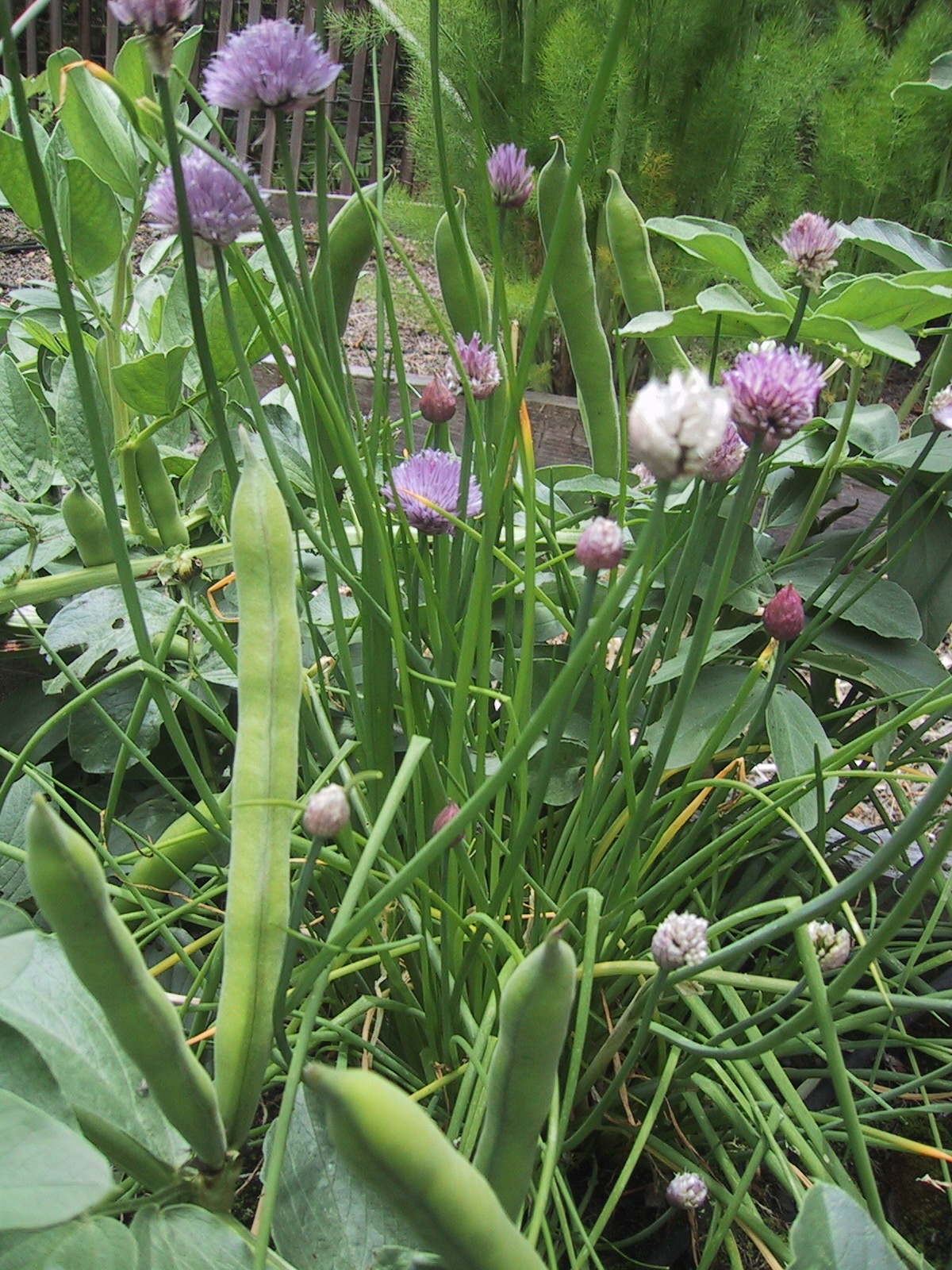
Spring in Northern California means fresh fava beans. Though our climate here on the coast would probably yield beautiful beans all year, there is something essentially different about the first fuzzy pods of spring. Grown as a cover crop and soil amender in numerous vineyards and market gardens, the bright green beans are easy to spot at the year’s first few farmers’markets. Incredibly prep-intensive, yet with a flavor like no other, large handfuls find their way into my cloth bag as we all wait in turn to secure our share of the first pickings. In Tuscany, they are consumed raw, pods and all, with the young pecorino cheese prepared from the seasonal sheeps’ milk. However, the ones I buy here in California seem larger and tougher, somehow more American than Italian.
My favorite preparation, which results from a balance between the amount of work to prepare the beans and my enjoyment of their unique combination of bitterness and richness, is in a risotto. I always marvel at the concept of risotto; how such humble ingredients as raw rice, broth, wine and an onion can be transformed by merely stirring, into a creamy richness that proclaims luxury in its very texture and flavor. Garnished with whatever season’s signature ingredient, be it wild mushrooms or winter squash in the fall or fresh English peas in early spring, the dish is deeply warming and satisfying on a cool coastal evening.
I begin the preparation of the beans, first removing them from their fuzzy cushions inside the large pods, seeing the small heap of vibrant green grow in the bottom of the bowl. The pods go into the compost, to add their nitrogen-rich bodies back into the soil of the garden from which they came. A large pot of water begins to boil, and I toss in the beans. Their color mutes for a moment as the tough skins inflate and crack. Removing the beans quickly to a colander, I rinse them under ice cold water and quickly slip off the skins, again adding them to the compost. The handful of finished beans seems terribly small in proportion to the time and effort taken to prepare them, but they will provide the perfect accent to the rich creaminess of the risotto to come. Half are pureed with the mortar and pestle, the other half reserved to add in the final moments of cooking. I can’t help but sneak a taste, with a sprinkling of kosher salt.
After chopping half a sweet spring onion, I place a heavy saucepan on medium heat and glaze the bottom with cloudy green new olive oil. When the oil begins to shimmer, I add the onions, and turn the heat to low. In the Italian way, the onions are softened rather than browned, bringing up their characteristic sweetness. In another pan, a quart of homemade chicken broth begins to warm, a fog of steam rising from the surface. Adding two cups of Canaroli rice to the oil and onions, the stirring begins. The aroma of toasted rice and onion wafts upward. When I hear the crackling of the rice grains, it is time to add a glass of white wine, drenching the mixture and adding yet another facet to the perfume of cookery. When the wine evaporates into the rice, I begin to add the warm broth, one ladleful at a time, stirring from the bottom as each is absorbed. About halfway through the pot of broth, I stir in the fava puree, and the entire mixture takes on a greenish hue. I begin to test the rice in the only reasonable way, by taste, sensing when the chalky center of the grain begins to soften, and yet has not lost its toothiness. Adding the whole beans and the last of the broth, a creamy glaze begins to nap the rice, signaling that we are nearly finished. The last addition is a large knot of sweet butter, which melts into the risotto and gives the finished dish a soft sheen.
Spooning the impossibly hot risotto into large, flat bowls, I top it with a grating of fresh Parmigiano Reggiano cheese and a swirl of the vibrant green new olive oil. Dusting each bowl with a bit of kosher salt, I carry the bowls reverently to the table. Sitting down to eat is a quest to get every spoonful into your mouth without burning your tongue, starting from around the edges of the creamy mountain of rice and fava beans and working your way toward the middle. The elemental simplicity of the ingredients is at odds with the rich complexity of the flavors and textures, leaving us strangely satisfied, not just in body but in mind and spirit as well.
Post by Julia Conway on May 24th, 2008
Posted in Country life, Family favorites, Local food, Recipes, Seasonal food


